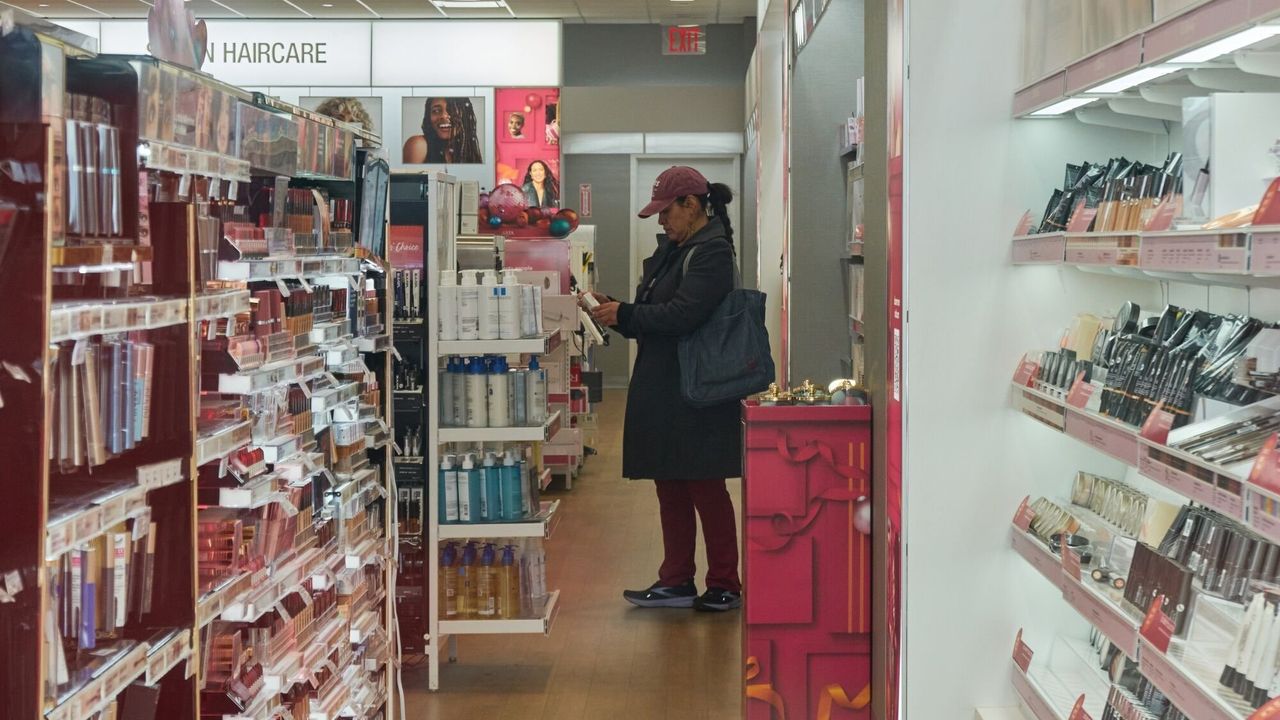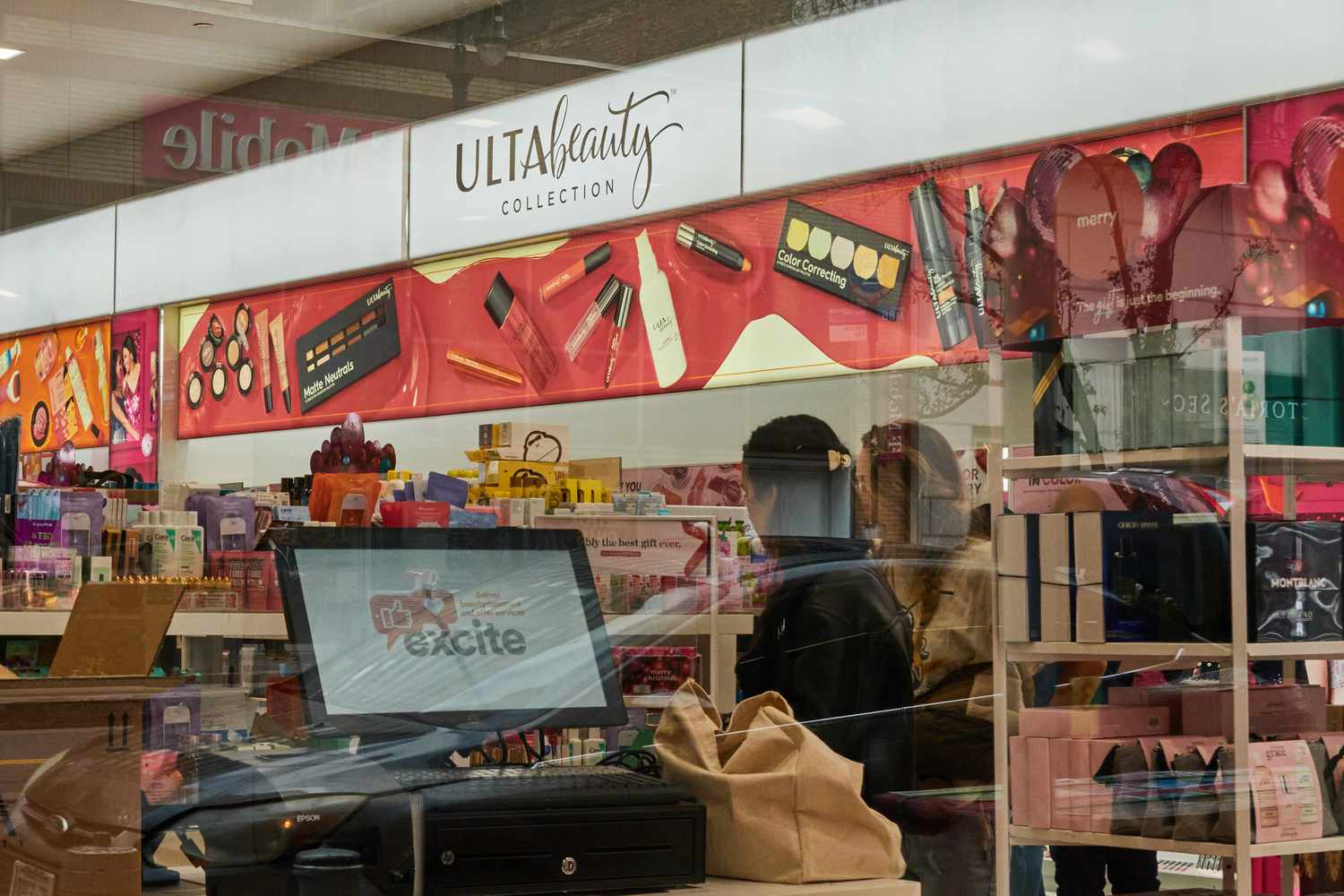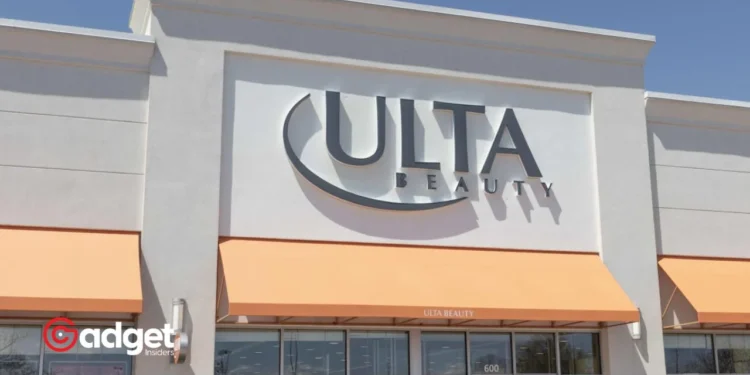The beauty industry has long been a bastion of growth and resilience, especially in the retail sector. In remarks made at the JP Morgan Chase conference in early April, Ulta CEO Dave Kimbell hinted that the gravy train would not continue indefinitely. With a valuation soaring to approximately $374.2 billion, the U.S. cosmetics market is a juggernaut, driven by celebrity endorsements and a relentless pursuit of innovation. Giants such as Kylie Jenner and Serena Williams have become emblematic of this surge, leveraging their substantial platforms to carve out significant niches within this lucrative space.
The allure of the cosmetics industry has not just captivated celebrities but has also led major retailers like Walmart, Amazon, Target, and Kohl’s to expand their beauty offerings, each vying for a piece of the pie through strategic partnerships with brands like L’Oreal, Clinique, Ulta, and Sephora.

Ulta Beauty: The Lipstick Effect and Its Fading Sheen
Despite the sector’s robust growth, underscored by phenomena like the “lipstick effect”—where consumers continue to indulge in small luxuries even amid economic downturns—there are emerging signs of fatigue.
Ulta’s CEO, Dave Kimbell, echoed this sentiment during a presentation at a JP Morgan Chase conference, revealing a sobering outlook that could recalibrate expectations for the beauty industry’s trajectory.
Kimbell highlighted a discernible slowdown in the beauty sector, contradicting the previously unbridled optimism that characterized the industry’s expansion. The revelation came as a surprise to many, given the sector’s historic resilience.
“We have seen a slowdown in the total category,” Kimbell articulated, stressing that while the past few years have seen remarkable growth, such momentum is unsustainable in the long run. This cautionary stance was further corroborated by Ulta’s fiscal projections, with the company tempering expectations for revenue and comparable store sales growth.
Ulta Beauty Demand is Slowing😱 Do you think Influencer Brands are taking over?
From CNBC, ““We have seen a slowdown in the total category,” Kimbell said at an investor conference hosted by JPMorgan Chase. “We came into the year — and we talked about this on our [earnings] call… pic.twitter.com/gqWFmJQbgs
— Group Chat🎙#1 PODCAST (@groupchat) April 7, 2024
A Changing Landscape
This shift is not isolated to Ulta. It signals a broader trend affecting the entire cosmetics industry, challenging the notion that beauty retail is immune to economic pressures. The introduction of innovative product lines and the rapid pace of beauty trends fueled by social media have previously ensured a steady consumer engagement.
Retailers like Ulta and Sephora thrived, capitalizing on the consistent demand for beauty products. However, the sustainability of this demand is now under scrutiny.
What This Means for Investors and the Industry
The recalibration of growth expectations by Ulta serves as a critical indicator for investors and market analysts. The detailed commentary from Kimbell, emphasizing a more considerable and earlier-than-expected slowdown, invites a reassessment of the beauty sector’s resilience.
The anticipation of reduced revenue growth to about $11.7-$11.8 billion in fiscal 2024, from $11.2 billion in fiscal 2023, alongside a tempered forecast for comparable store sales growth, underscores the challenges ahead.

This development is pivotal, not only for Ulta but for the entire cosmetics industry, suggesting a period of consolidation and strategic reevaluation. As the industry navigates this uncertain terrain, the focus may shift from aggressive expansion to enhancing customer loyalty and exploring innovative product lines that resonate with evolving consumer preferences.
While the beauty sector has enjoyed a remarkable run, buoyed by the lipstick effect and an insatiable consumer appetite for innovation, the landscape is shifting. Ulta’s recent disclosures serve as a bellwether for the industry, heralding a phase of cautious optimism and strategic recalibration.
As time goes on, the capacity of retailers to adjust to these shifting dynamics will most likely be the determining factor in whether or not they are successful in a market that is becoming increasingly competitive and uncertain.










